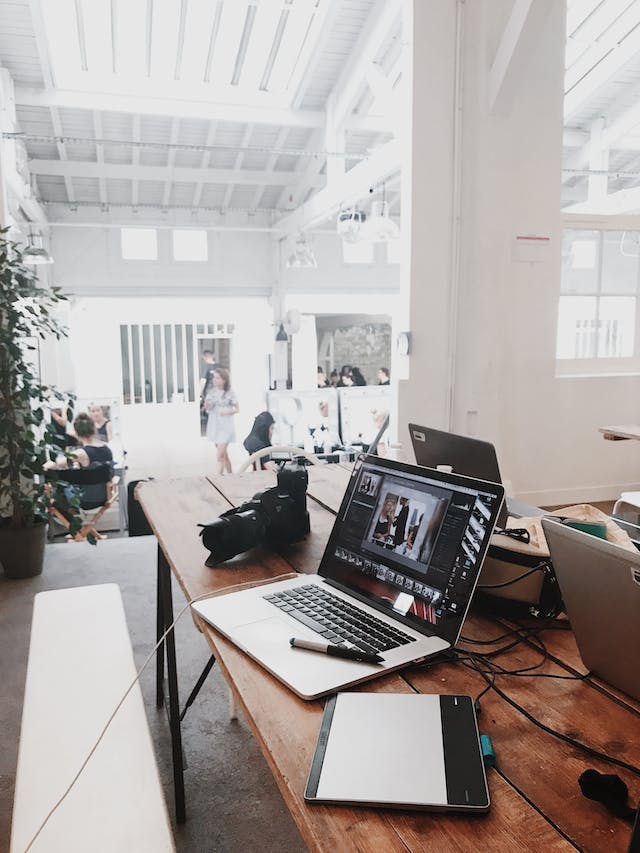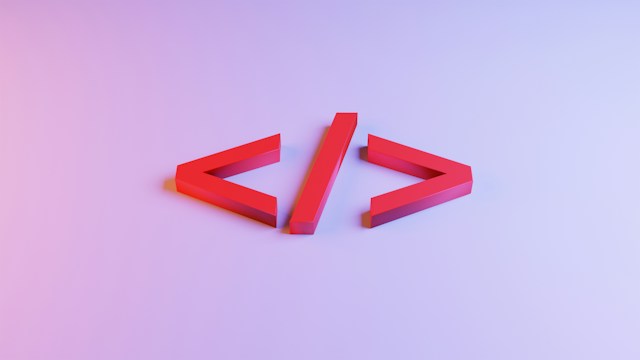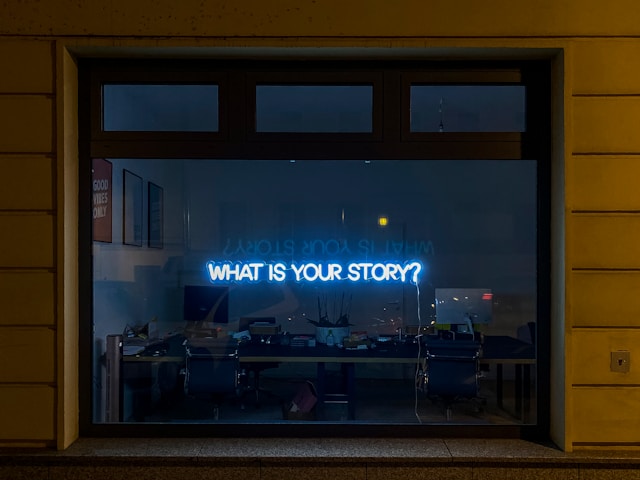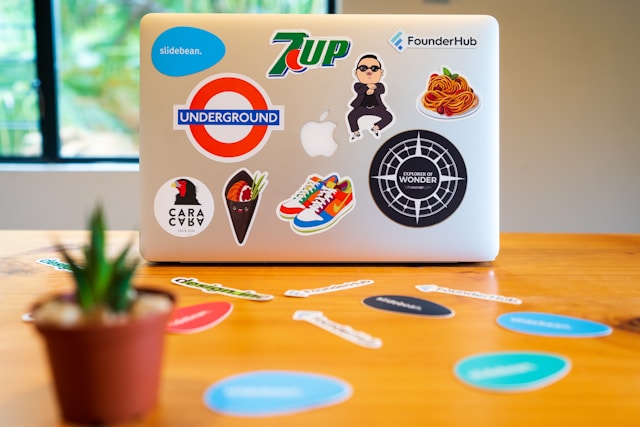When building a digital product, it takes a whole team of people to bring it together. From researchers to marketers and web developers in between, design teams are incredibly diverse. There is a whole branch of the industry dedicated to user experience (UX), but even this is a broad category.
UX web design is one of the many possible roles. However, designing UX is different from regular web design. Explore the differences below.

What Is UX Web Design?
User experience design (UX design) involves building digital products that are useful for the user. Every time a user interacts with a digital product, they want the process to be easy. It should be straightforward for them to achieve their goal by using the product. It’s the UX designer’s job to ensure this is the case.
UX designers work closely with UI designers who develop user interfaces. The overall goal is to build a product and continue to introduce features that enhance user experience.
UI/UX web design are two aspects of the broader category of web design. However, the two terms are not interchangeable.
Web Design vs. UX Design
More generally, web design is the process of planning and creating the front end of a website. This can include page layout, graphic design, and content.
Web designers work to create an aesthetically pleasing website that functions well. Ultimately, they create the site’s basic elements using coding. They also work on complementing the brand through the website, presenting a finished package to the user.
There are similarities between web design vs. UX design. For instance, web UX design (as opposed to app UX design) also involves creating a website for the user. Here are some of the main differences.
Main Focus
Web designers focus on creating a great website. This involves coding and working with web browsers to ensure the site meets the right specs. It’s more about the site itself than the user, though the user does come into it.
Meanwhile, UX design is entirely user-centric. UX designers may research users to gather insights before working on particular functions that enhance the experience. It’s all about addressing pain points.
So, web designers try to meet browser requirements, and UX designers try to meet user requirements.
Platform and Tools
Web design takes place on web browsers. While these can be desktop or mobile browsers, the entire thing is browser-dependent.
UX design, on the other hand, is platform-independent. UX designers can work on websites, but they also create software, mobile apps, video games, and more.
Strategy
Web designers have a different day-to-day process than UX designers. In web design, the most important thing is ensuring the website works. They may research browser specs and search for website issues.
Meanwhile, UX is more about the design process. The focus is on how the user interacts with the website, so there is much more user research involved. Then, UX designers apply these insights to continually build a better product. Compared to web design, UX is more iterative.

Web Designer vs. UX Designer
From the difference in the two roles, it’s logical that the day-to-day job will vary. In the jobs of web designer vs. UX designer, there are plenty of key differences in the workday.
What Does a Web Designer Do?
Web designers use a range of creative and technical skills to design the layout of a site. Typically, they focus on the front end of the site, while a web developer works on the back end.
Web designers often do tasks like:
- Graphic design
- HTML/CSS programming
- Front-end coding
- Coming up with creative concepts
- Webpage layout
- Content production
- Search engine optimization (SEO)
- Creating sitemaps
- Creating low- and high-fidelity wireframes
They use these skills to create landing pages and other page layouts. While graphic design is a key part of it, web designers also have to consider technical constraints. They also need to consider user functionality.
Day-to-day, this job can look quite different depending on the client or employer. It can be a collaborative role with other departments, or it can be a stand-alone design project.
What Does a UX Designer Do?
A UX designer focuses more on the user’s needs. They must first perform UX research to figure out who the users are. In fact, some experts become UX researchers as their sole profession. This involves conducting user interviews, surveys, and more to find out who is using the product.
UX teams then create user personas that they can design the product around. With the user in mind, they design a website or app that addresses certain pain points.
UX design is an iterative process that involves constant improvement. The team builds a product, conducts user testing, and improves it. Even after the launch, UX designers improve the product thanks to feedback from real users.
Some key skills of a UX designer include research, interaction design, content strategy, and usability testing. They apply these skills to:
- Determine the Information Architecture (IA) of a product.
- Strategize the content based on what’s most useful for the user.
- Create interactions that facilitate the user’s goals.
- Research real users and create customer personas.
- Build prototypes for testing.
- Test the product with users to make helpful improvements.
- Collaborate with UI designers to make attractive designs.
- Write UX microscopy.
Often, UX designers have to work closely with other team members. Beyond UI designers, they may collaborate with stakeholders and marketers. UX is a challenging field because it has so many facets. However, given that the goal is to make users happy, it can be very rewarding.

Web Developer vs. UX Designer
There is also some confusion between web development and UX design. Web development focuses on coding the various parts of a website, but it can also include other aspects.
Technically, the role of a web designer falls under the web developer umbrella. Front end, back end, and full stack development are three different specialties. Front-end developers work with HTML, JavaScript, and CSS to code the visual elements. Meanwhile, back-end developers use advanced programming languages like Java and Python to code the website database. Full-stack development combines these types. Generally, the term “web designer” refers to front-end development.
Whatever the specialty, web development involves creating and maintaining websites. It is far less user-centric than UX design. However, the user still matters. This is particularly important for front-end developers, as creating a visually pleasing experience is what matters to users.
When it comes to the job of web developer vs. UX designer, the two are very different. Web developers use a variety of coding languages in their day-to-day job. The idea is to create websites that are functional and meet all the relevant technical requirements.

What Web Designers and UX Designers Have in Common
Although these two roles differ, web designers and UX designers have plenty in common. How the website looks and how it works both affect the user’s overall experience. After all, rule number one of creating a website is ensuring it’s user-friendly.
Here are some of the key similarities between both roles.
Problem-Solving
Web designers and UX designers both need excellent problem-solving skills. In each role, the client or user will have a specific problem to address. In some cases, it’s a gap in the market where customers are experiencing a pain point. In others, the existing product has a flaw that somebody needs to address.
Web designers can identify this issue and design a webpage that solves it. They often do this on behalf of the client.
Meanwhile, UX designers work to solve problems on behalf of the user. This is an iterative problem-solving process that involves constant research and collecting feedback. The UX designer figures out how to make the experience better for the user and then builds a new feature.
For UX designers, the solution should address the user’s key requirements. For web designers, the solution should address the client’s need for a functional site.
User Functionality
Of course, UX design is primarily about the customer experience. UX designers always keep their users in mind and often create a user journey map to guide them.
Although web designers focus more on the client’s needs, they must still consider the user. In fact, they may still use user journey maps to see how the website should come together. Depending on the project at hand, web designers may need to consider the user flow carefully.
Ultimately, the goal of creating a website is to solve a pain point for the customer. It may provide a direct solution or exist to promote a product or service that can. However, users won’t benefit at all if they can’t use the website effectively. UX designers and web designers must work together to ensure this happens.
Creativity
Both roles require a great deal of creativity. In fact, it’s not just problem-solving but creative problem-solving.
Don Norman’s concept of emotional design is useful for both web developers and UX designers. UX designers must create products and features that are a joy for the user to engage with. Meanwhile, web designers create designs that elicit an emotional response from the user.
According to Gallup, 70% of decisions stem from emotion and gut instinct. So, designing something that elicits an emotional response from the user is necessary. The visual design of a website can have a huge effect on conversions, as can the UX.
If you want to make your users feel something, you need to be creative. Empathic and creative designs will stick out in your users’ minds, ensuring they return time and time again.
At the same time, you need to balance this creativity with classic graphic design principles. In UX, you still need to stick to usability heuristics. Different does not always mean better.

Using Web Design and UX Design Together
Ideally, UX and web design should work together cohesively. Each project will look different, but there are plenty of ways for experts in both fields to share their knowledge.
Before the project begins, UX researchers conduct user research and generate user personas. Using these personas, UX designers can begin to create a user flow. They can come up with fresh and exciting designs to give the user a great experience.
As the process continues, they may create wireframes and interactive prototypes. The team can use these for usability testing, ensuring the UX works as intended. Or, it may be time for some adjustments.
Then, a web designer can take all this information and create a site around it. This includes coding and developing the website, enhancing the look and feel, and making it brand-focused. The web designer might refer back to the user personas while creating graphics and content for the site.
At the end of the day, both UX design and web design are valuable skill sets. It takes a diverse team to build an excellent digital product. With the combined technological knowledge of web designers and the user knowledge of UX designers, companies can create something amazing.
Get More UX at Your Fingertips With Page Flows
A lot of factors go into UX web design. There’s a lot to keep track of, especially as the industry changes.
If you’re a UX designer seeking inspiration, why not learn from proven products? Page Flows is a helpful resource for finding interaction design ideas. Get started today to view our growing library of user flow recordings. It’s easier than ever to stay up-to-date with the latest design trends.





